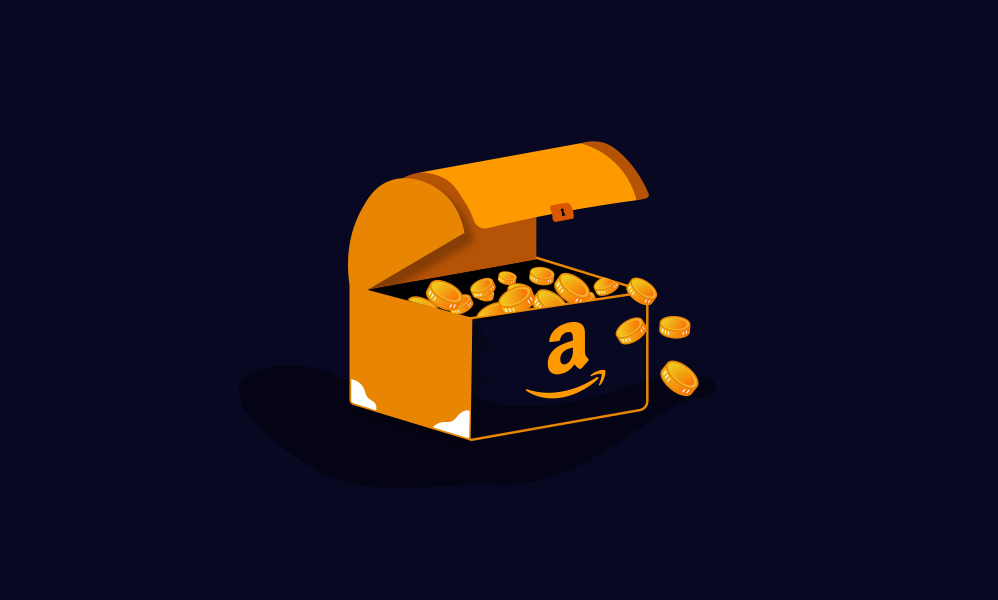After raising over $10B, Amazon aggregators have big ambitions for 2022

A recent set of surveys of Amazon aggregators sheds light on the acquisition market for Amazon-native businesses.
Companies that attempt to acquire Amazon-native businesses have collectively raised $10.9 billion in funding since April 2020. While a few, like Thrasio and Perch, have received the plurality of that capital, there are over 80 active aggregators, according to Marketplace Pulse.
Two firms that represent Amazon sellers who want to sell their brands, Fortunet and The Fortia Group, have recently released surveys of aggregators. The Fortia Group included 38 firms in its survey, although the response rate varied slightly from question to question. Fortunet also conducted a recent aggregator survey, and pulled from a pool of 42 companies. Taken together, the two surveys offer a portrait of how aggressively aggregators are looking to acquire new brands — all despite growing skepticism of their operational skills.
“Potentially there could be 1,000 Amazon FBA brands sold next year,” said Emmett Kilduff, CEO of The Fortia Group. According to his survey, a quarter of aggregators said they expected to close between 40 and 49 deals in 2022. Twenty percent expected to close between 20 and 29 deals, and just 10% expected to do under 5 deals in 2022.
They are also zeroing in on a few product categories in particular. According to The Fortia Group, 72% of aggregators reported doing deals in home care, 69% said sports and fitness and 66% garden and outdoor. Fortunet had similar numbers, and it also concluded that aggregators were staying away from categories like apparel, food and electronics in particular. The survey noted that aggregators prefer high-margin, evergreen products, versus ones that might go bad or fall out of fashion shortly after an acquisition. Fifty-two percent of aggregators told Fortunet that they would not consider buying apparel products at all.
Another takeaway is that, buoyed by the flood of investment money, aggregators are also spending big. In the Fortunet survey, 53% of respondents said they had no limit on how much they could spend on brands they want to acquire, while 25% said that $10 million was the high watermark of what they could spend.
To date, according to the Fortia Group, about half of aggregators (47%) said that the average amount they paid for each brand was $2 to $5 million, with 24% reporting that their deals were under $1 million and 12% paying over $5 million per deal on average. The aggregators in the survey predicted that would change over time: going forward, in 2022, they estimated that they would not pay less than $1 million for any brand — instead, exactly half of the aggregators said that they expected their average deal in 2022 to be for more than $5 million.
Those optimistic figures might come as a result of the massive amounts of funding that investors have poured on these companies. But they also project a surprising degree of confidence at a moment when many in the industry are scrutinizing whether all of the aggregators are equipped to grow the brands they acquire.
Chris Fryburger, whose company nReach matches Amazon sellers with agencies and aggregators, said that many of the current aggregators don’t have a sophisticated enough talent pool to grow their revenues by the rates they are promising investors. Some products have achieved new heights post-acquisition, like Thrasio’s pet odor eliminator Angry Orange, which brought in $30 million in revenue last year after being acquired for $1.4 million. But in most cases he’s aware of, revenue is often flat. “The reality is they’re flat-lined because they don’t have the talent,” Fryburger said. “We’re not seeing that right now, we’re not seeing those returns.”
Because many aggregators package a profit-sharing agreement into their acquisition deals — only around 10% offer all or mostly cash deals, according to the Fortunet survey — a flat rate of return would materially impact the finances for the sellers, too.
Questions about exactly how much aggregators are able to grow revenue remain. Bill D’Alessandro, CEO of the e-commerce CPG company Element Brands, previously told Modern Retail that “several” aggregators are facing supply-chain challenges this year. Aggregators are trying to scale their products, but as sourcing and shipping becomes a challenge for brands, D’Alessandro said, “it’s obvious stock is going to run out and no new stock is coming in because of supply chain issues.”
Fortia’s Kilduff said he was more optimistic about the future for the market. Although he acknowledged that, for now, some aggregators have slowed down the number of deals they are making in recent months — “there’s definitely people taking a breath and just focusing on execution until year end for various reasons,” he said — he didn’t expect that to last into 2022.
“Next year, I think it’ll be full-court press,” he said.
